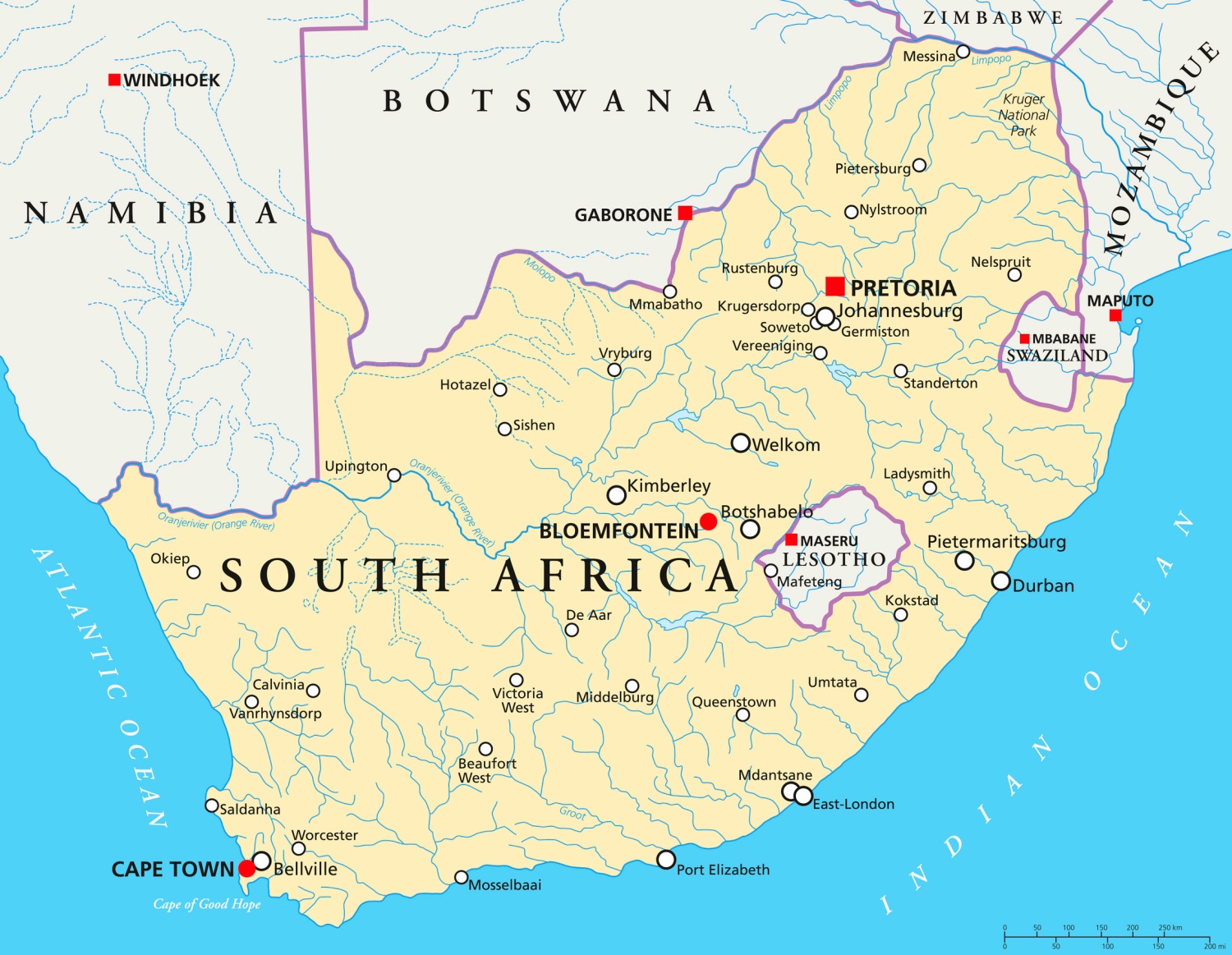(3 minutes read)
The World Bank said that it has been awarded US$497 million to convert one of its old coal-fired power plants. The second largest industrial power in the continent, after Nigeria, South Africa is a significant emitter of greenhouse gases, while it is struggling with its energy transition
The World Bank said that has been awarded US$497 million to convert one of its old coal-fired power plants. The second largest industrial power in the continent, after Nigeria, South Africa is a significant emitter of greenhouse gases, while it is struggling with its energy transition.
South Africa still gets 80% of its electricity from coal, a pillar of the South African economy employing nearly 100,000 people. Due to its heavy dependence on coal, emission levels are very high. Yet, the country is facing continuous power cuts, with debt-laden state-owned Eskom unable to produce enough electricity. The main reasons for the lackluster performance of the coal-fired power plants are said to be aging facilities that are on average 41 years old and poorly maintained.
Importantly, the South African delegation to attend COP27 is led by President Cyril Ramaphosa to COP27. The World Bank’s approval of US $497 million in financing to reduce greenhouse gas emissions in South Africa and support a just transition, is said to be a major landmark. The funding, which will be treated as a loan and grant, will be used to convert the Komati power plant in the northern province of Mpumalanga, which was shut down recently after more than 60 years of operation. The plant had nine generating units, and consumed up to 12,000 tonnes of coal daily.
Read Also:
https://trendsnafrica.com/heavy-load-shedding-derails-life-and-business-in-south-africa/
The plant will produce twice as much electricity as all the country’s existing plants when it was completed. The plant will be converted into a renewable energy production site powered by 150MW of solar, 70MW of wind, and 150MW of battery storage, the World Bank said. It may be recalled that South Africa last year secured US$8.5 billion in loans and grants from a group of rich countries to finance the transition to greener alternatives. COP27 may witness some heated debate on how to use the funds at South Africa’s kitty to reduce emissions. In the meantime, the World Bank has estimated that the country needs at least US$500 billion to achieve carbon neutrality by 2050.





